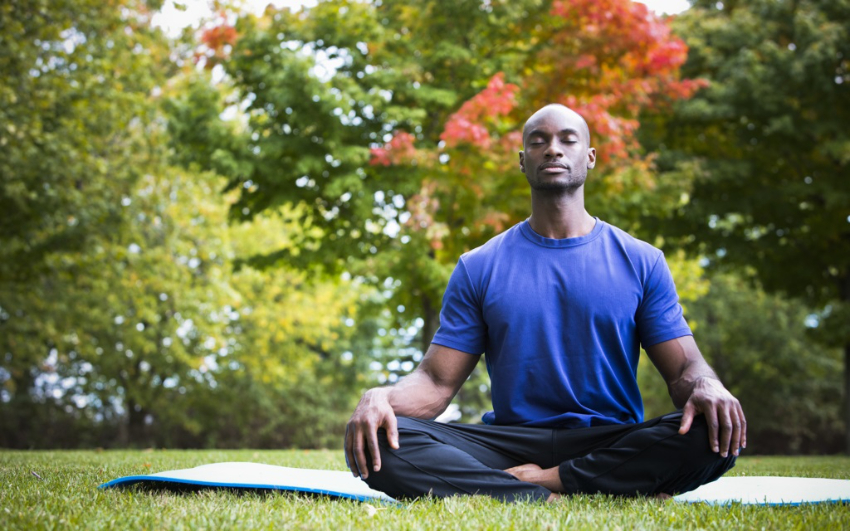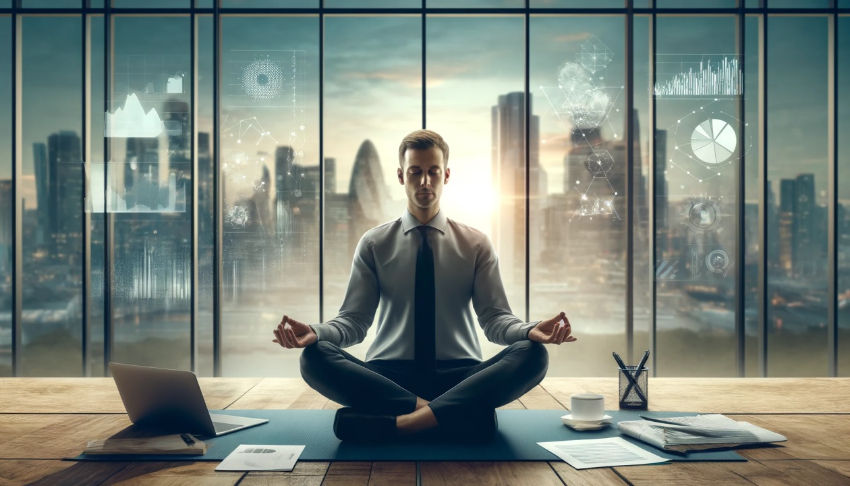
The door of Ch’an is entered by Wu. When we meditate on Wu we ask “What is Wu?” On entering Wu, we experience emptiness; we are not aware of existence, either ours or the world’s.
E-MAIL: admin@relaxmid.com
Today, it is almost impossible to find time to relax and rejuvenate. But meditation does not require hours of investment to deliver meaningful results. How about short, 10 minute meditation sessions that can help you reduce stress, boost focus, and find balance with a hectic schedule. Confidently now, this article explores the best 10 minute meditation practices, and the benefits of them, along with tips to make them a part of your day.
The transformative effect on mental and physical well being that meditation has been known for. Studies show that even brief periods of mindfulness can:
If you’re someone with a busy schedule, 10 minute meditation practices give a quick fix for these benefits without restructuring your entire schedule.

Here are five effective meditation techniques that can be practiced in just 10 minutes:

Have one session a day and gradually accumulate to two or three.
Brushing your teeth is a perfect time to meditate; or at a coffee break; or before bed.
Short, guided meditations are available with apps like Headspace, Calm and Insight Timer.
Using your phone’s timer, you can stay on track without having to worry about overshooting the hour.
A corner with a decent chair, and minimal distractions could bring you to the perfect practice mode.
Meditation quiets the mind by dampening down the amygdala’s activity, the centre of the stress brain. As a result of that, there is less anxiety and more coping mechanisms.
Practices of mindfulness strengthen our prefrontal cortex engaged in attention span and decision making.
Meditating regularly increases gray matter in areas of the brain that regulate emotion and trains you to react calmly to a problem.
Meditating for 5–10 minutes a day will reduce stress and activate the relaxation response which will improve sleep.
Reduced mental clutter means you approach the tasks with clarity and efficiency.
Solution: If you scroll social media for 10 minutes, replace it with 10 minutes of meditation.
Solution: Get started with guided meditations so your mind isn’t floating off.
Solution: Simple effectuation oxy breathing for beginners.
Incorporating 10 minute meditation practices into your busy day will overhaul your well-being without a large time commitment. With these techniques, there are many benefits — stress and focus management can greatly enhance everything from sleeping to productivity. Do this small, be consistent and try out a lot of different things until you find what works for you. It’s only 10 minutes away, the calm you’ve been looking for.
